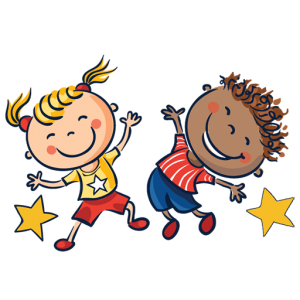© 2024 Stretch-n-Grow International. All rights reserved.
- 800.348.0166
- info@stretch-n-grow.com
- Privacy Policy

While many skills build naturally, others require some extra activities to be reinforced and to improve. The skill of hand-eye coordination is one of those skills that the earlier someone can start to build it, the better the kid will be at it as an adult.
Hand-eye coordination is the ability to accurately and smoothly coordinate movements of the hands and eyes. It involves the ability of the eyes to process information, the brain’s ability to coordinate the body with the information the eyes is sending it, and the real time communication between the eye and the brain. That’s a lot, and it happens so fast! Kids with good hand-eye coordination run into things less, are less prone to injury, and have an easier time learning sports if that is something they are interested in.
Even adults can improve their own hand-eye coordination by doing these activities with their children. Which one sounds like the most fun for your family?

Bethany is a freelance writer and editor. Click on her name to find out more!
Click here for more about healthy brain development!
Find out about joining the Stretch-n-Grow Franchisee Family here! For information on finding a class for your child, adding Stretch-n-Grow to your school’s curriculum, or employment opportunities, click here or email us at info@Stretch-n-Grow.com!